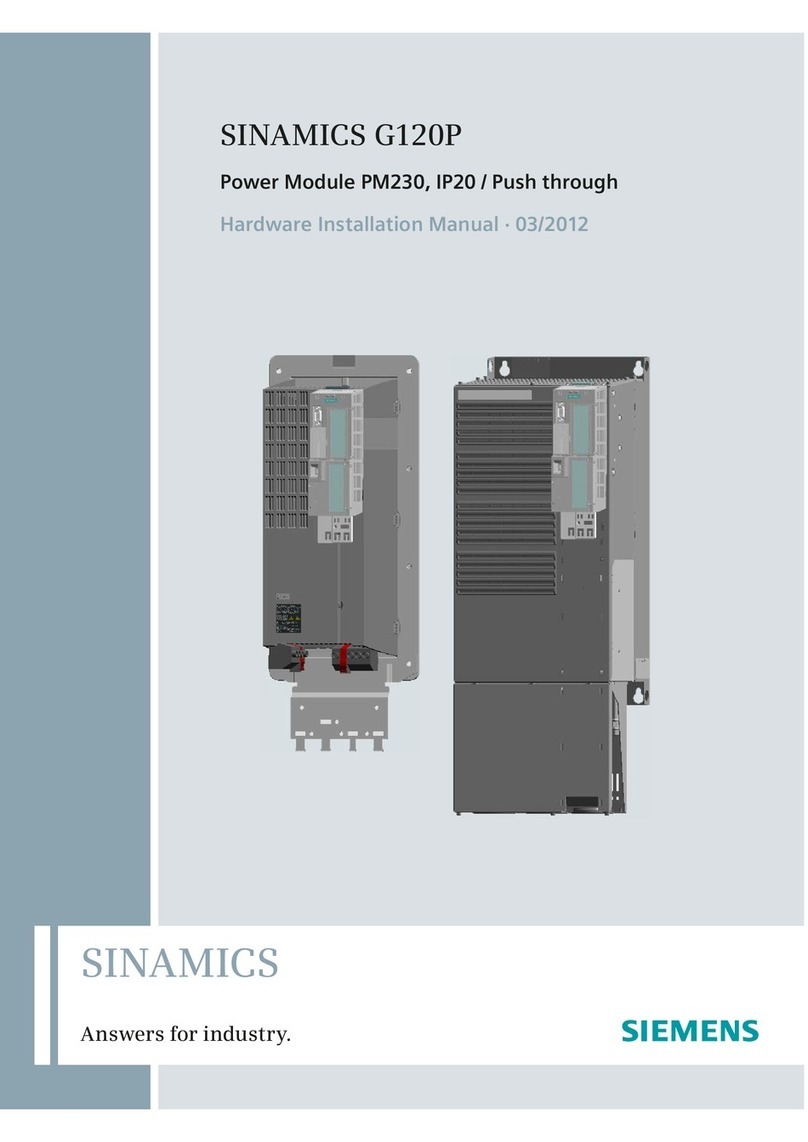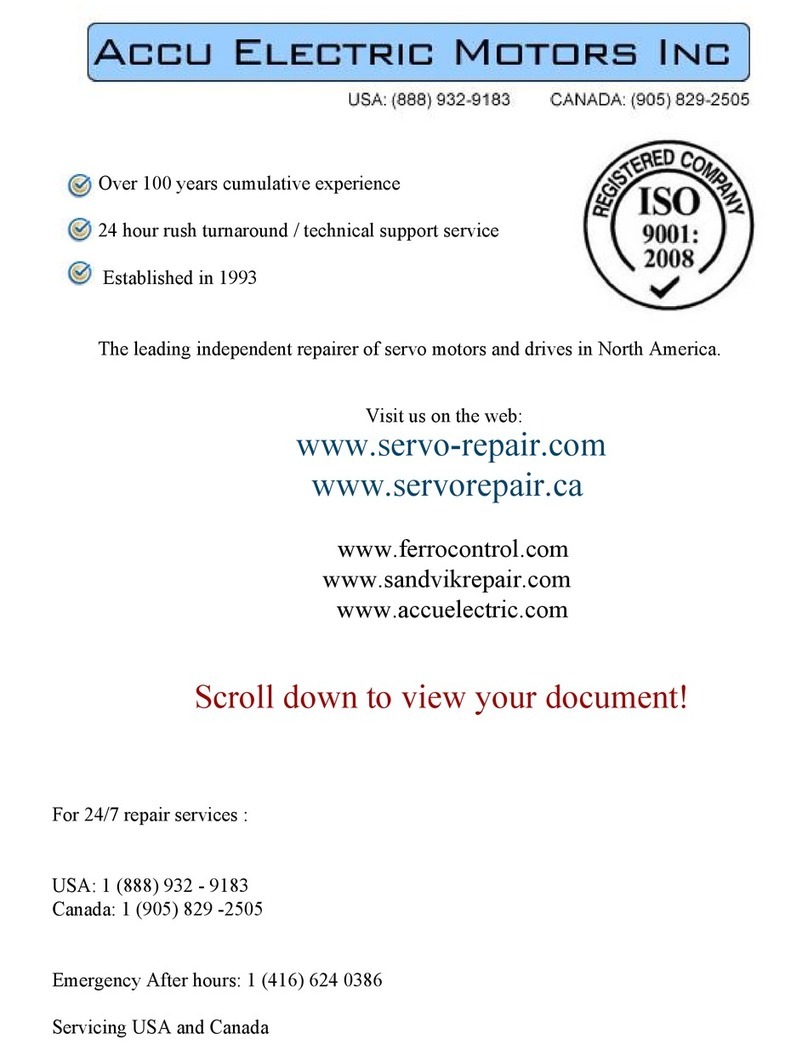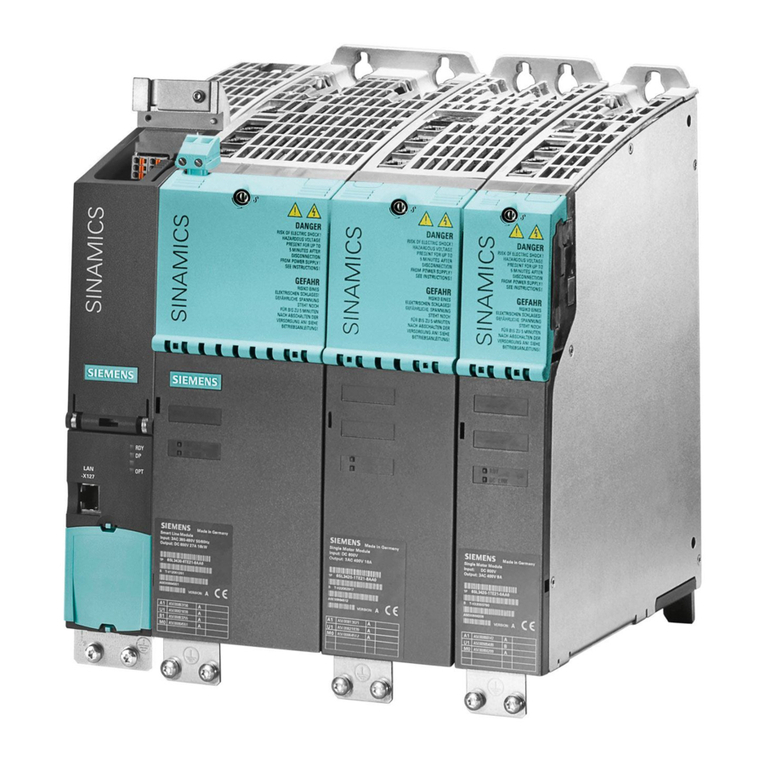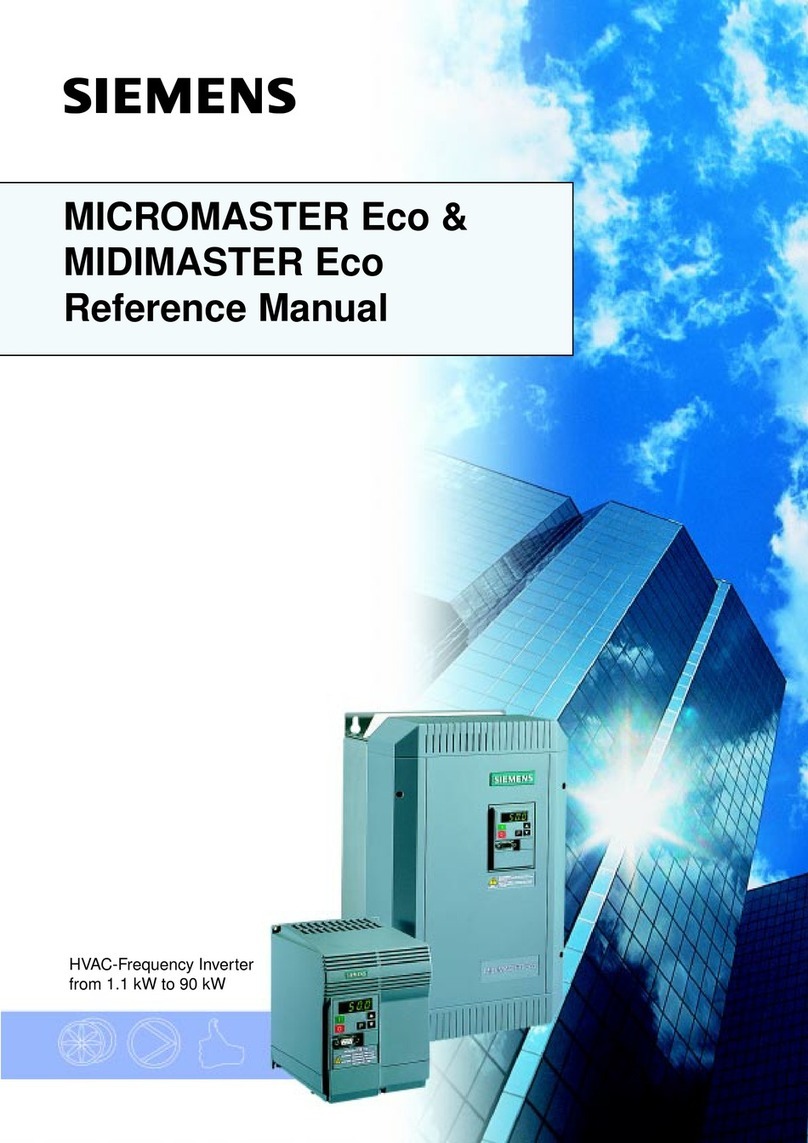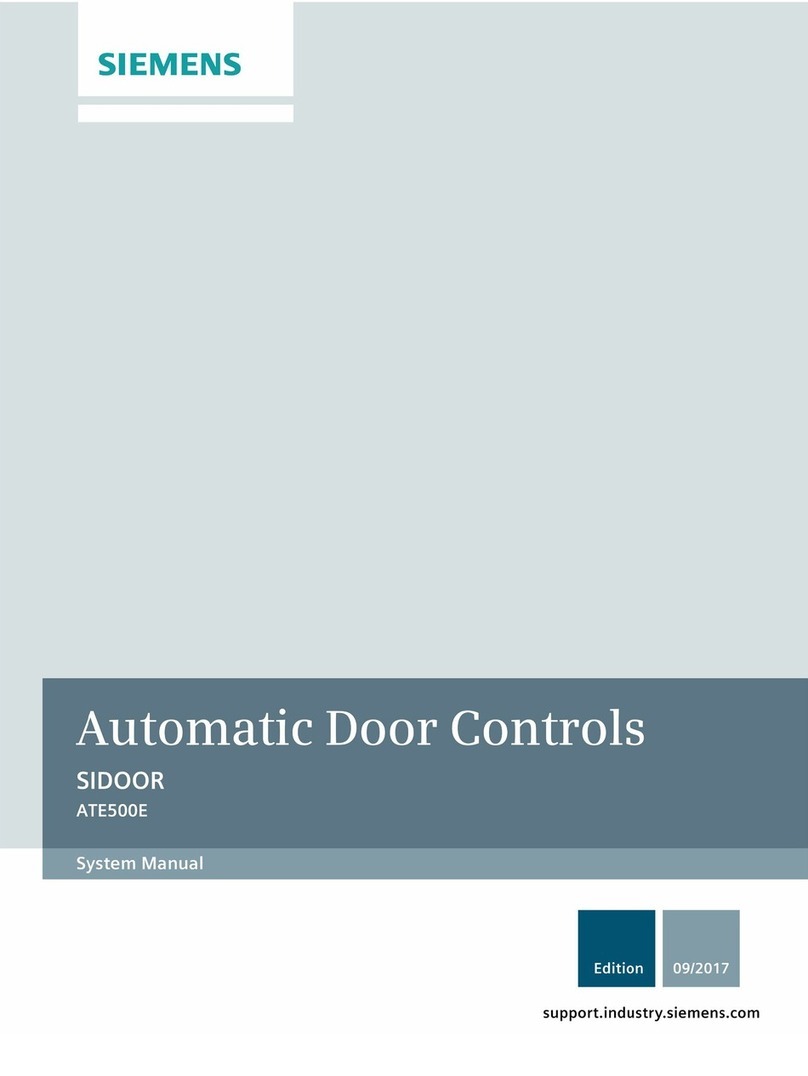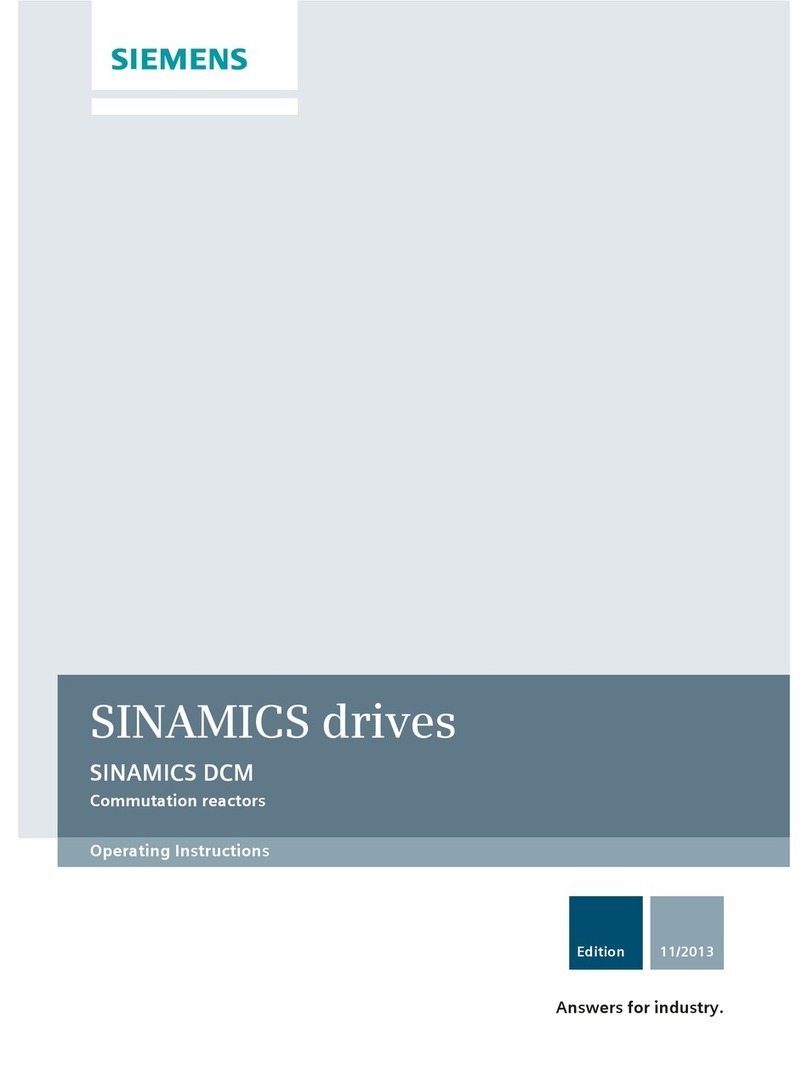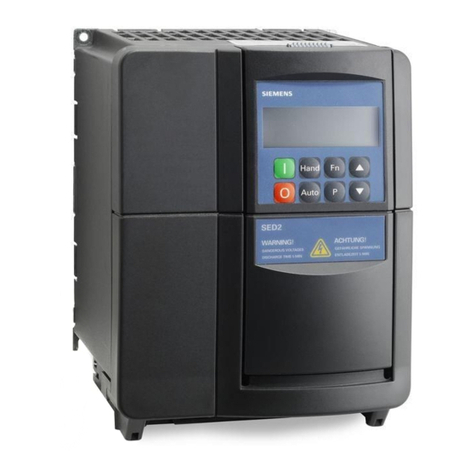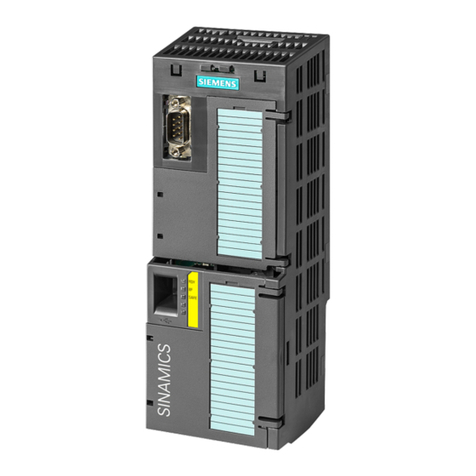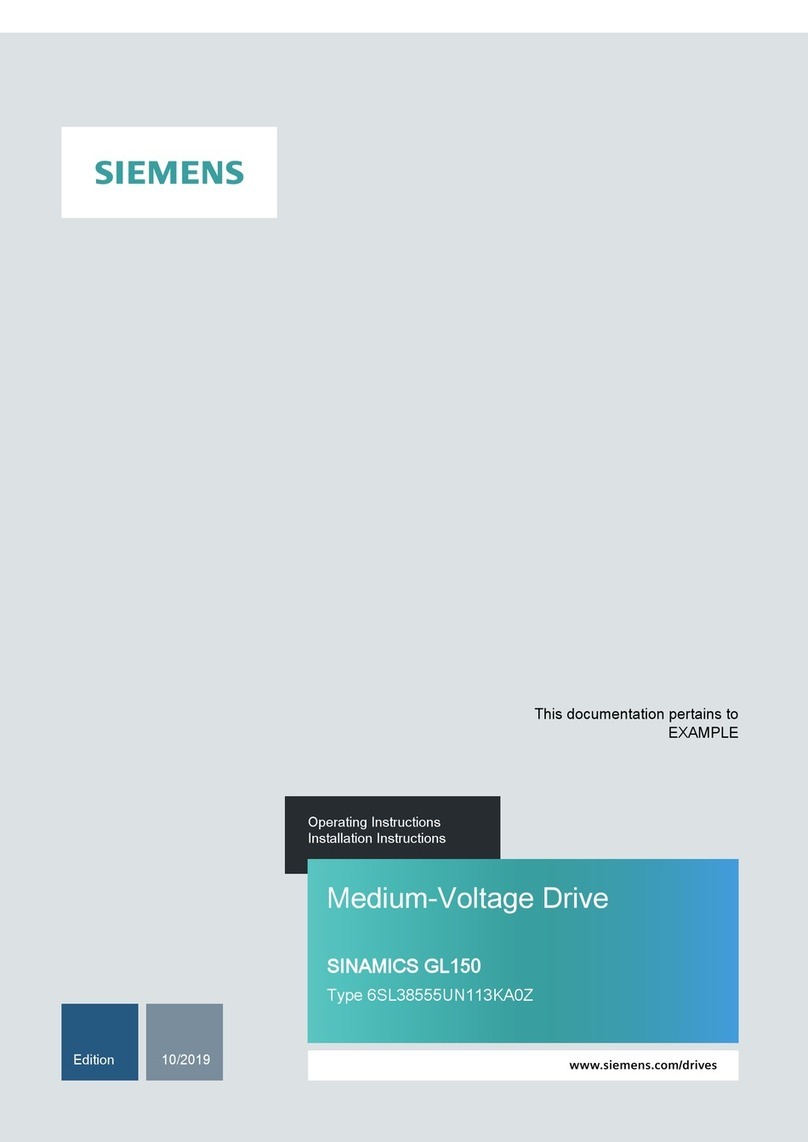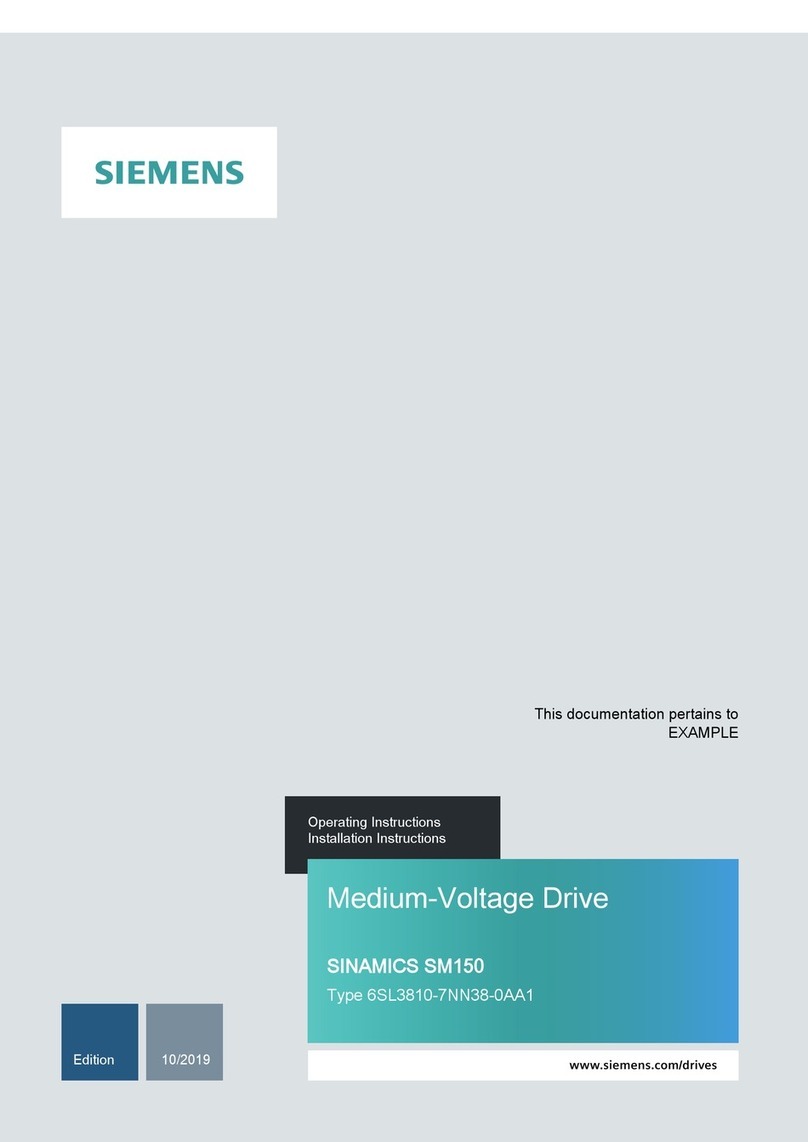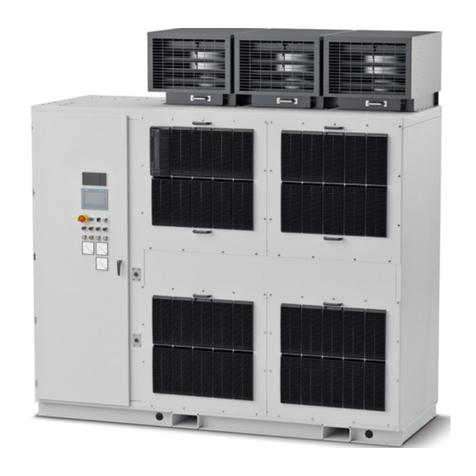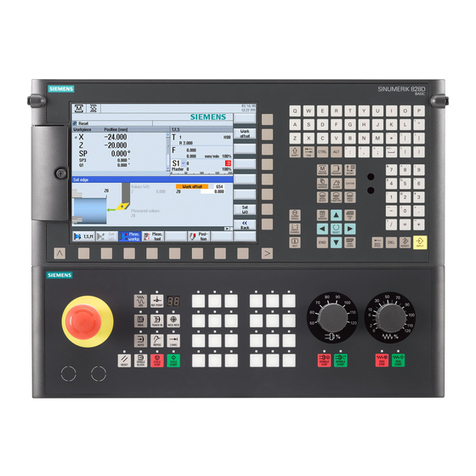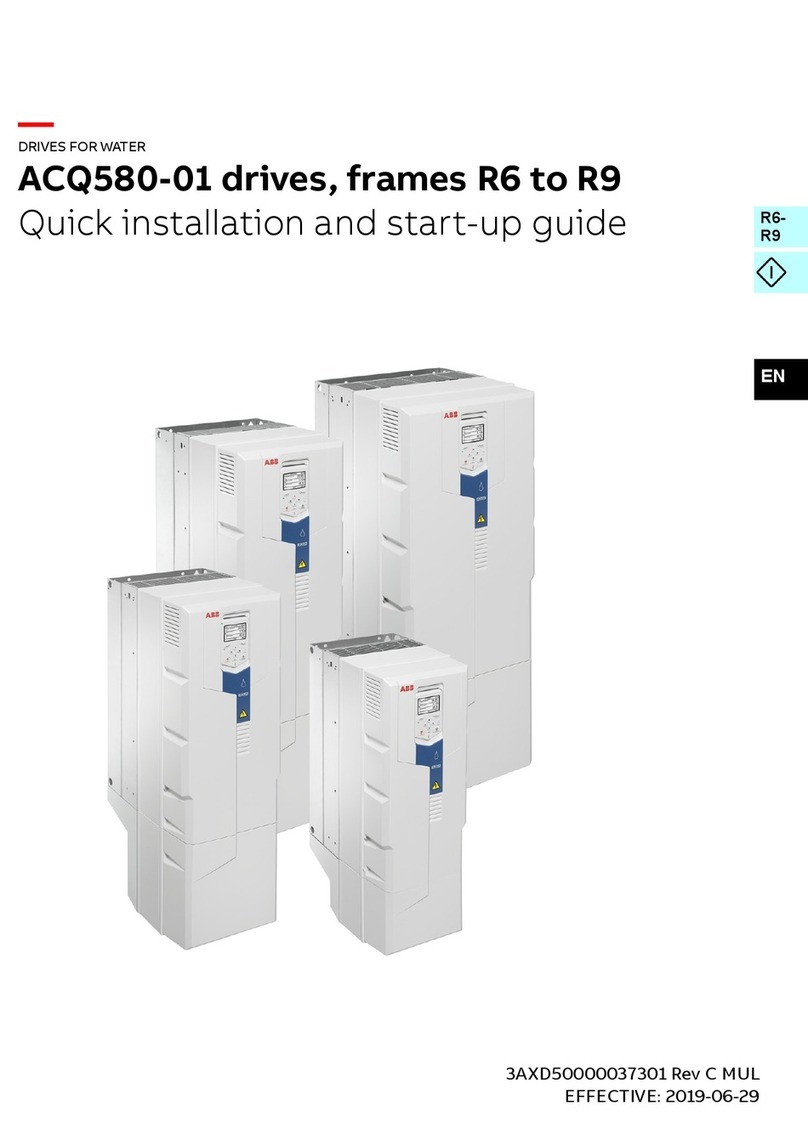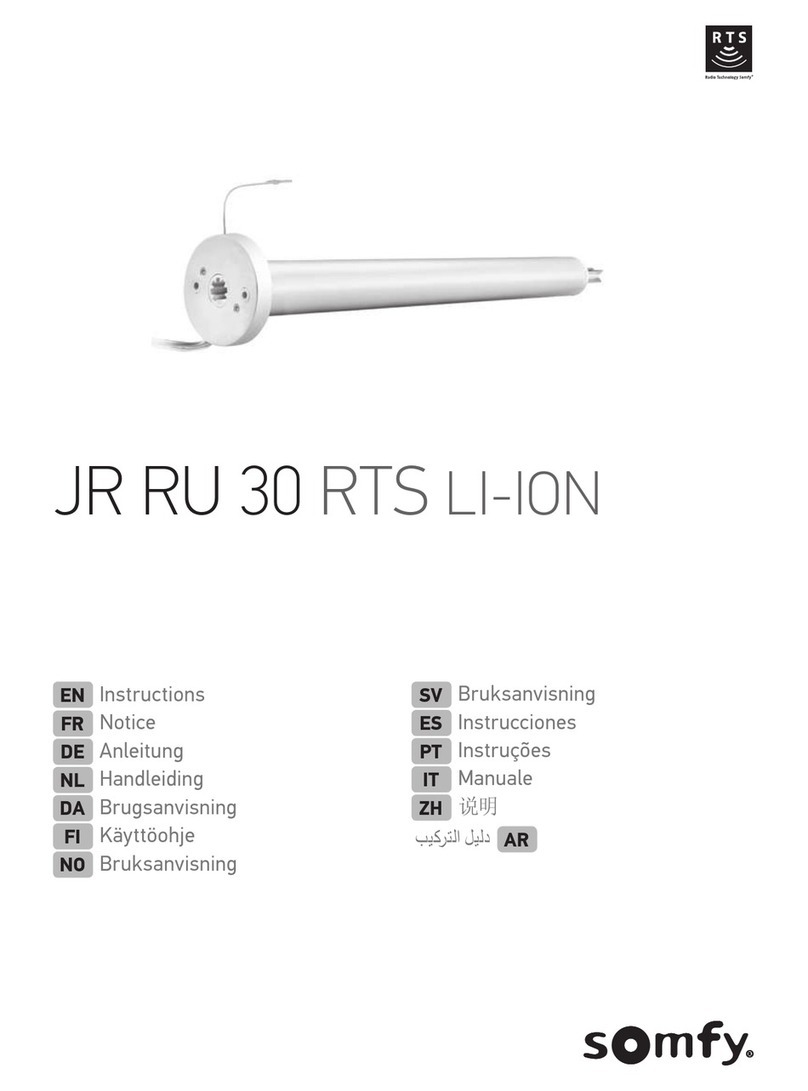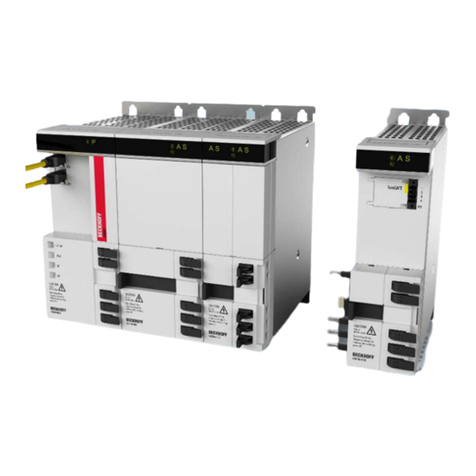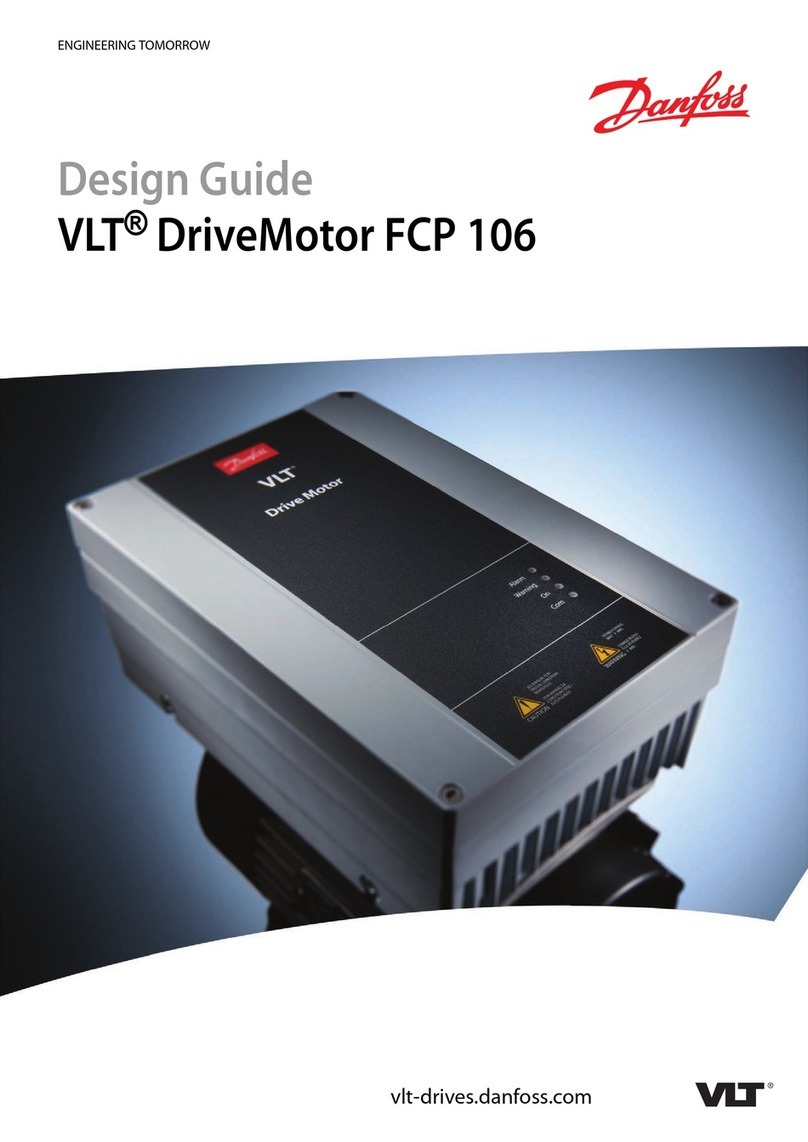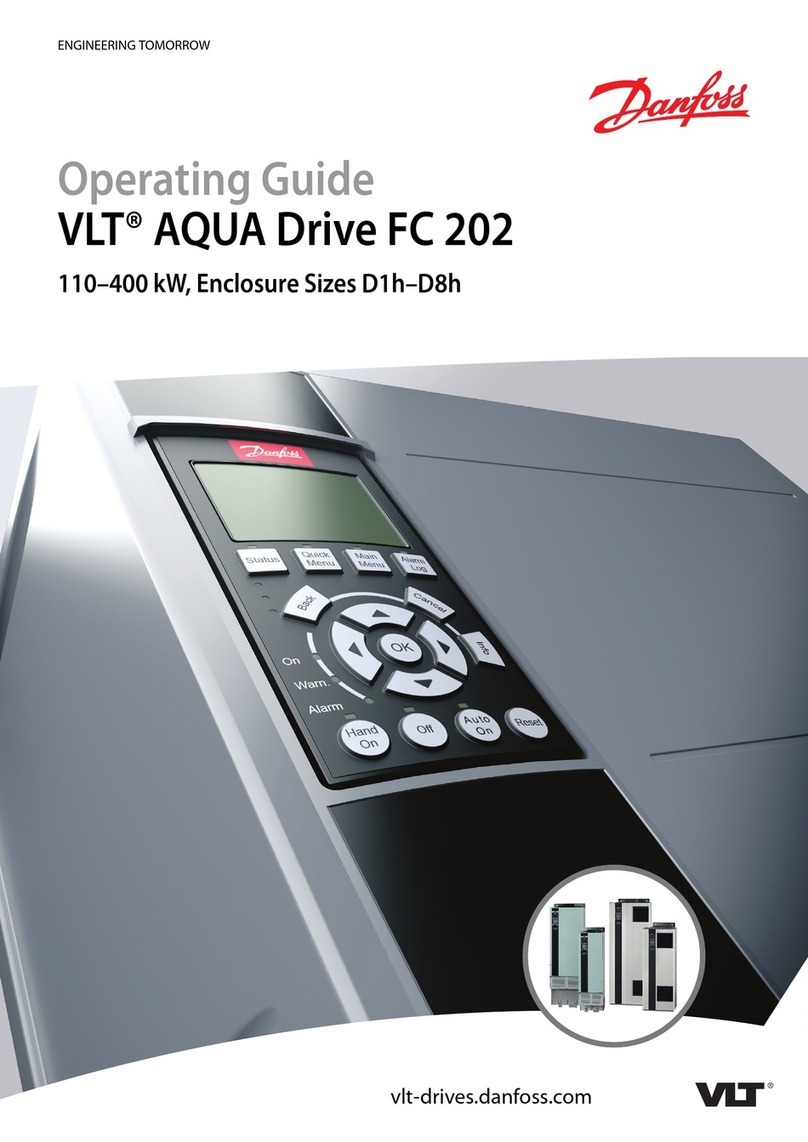
3.8.3 Terminal Modules...................................................................................................................38
3.8.4 Power cell...............................................................................................................................38
3.8.4.1 IGBT module ..........................................................................................................................38
3.8.4.2 Capacitor bank .......................................................................................................................39
3.8.5 Door limit switch .....................................................................................................................39
3.8.6 Electromechanical door interlocking system ..........................................................................39
3.8.7 Precharging............................................................................................................................40
3.8.8 Actual value sensing ..............................................................................................................40
3.8.9 Common power supply ..........................................................................................................40
3.8.9.1 Field of application .................................................................................................................40
3.8.9.2 Connections ...........................................................................................................................41
3.8.9.3 Interface description...............................................................................................................41
3.8.10 Touch screen operator panel .................................................................................................42
3.8.11 DC/DC converter....................................................................................................................43
3.8.12 Line filter.................................................................................................................................43
3.8.13 SIRIUS safety relay................................................................................................................43
3.8.14 Auxiliary power supply ...........................................................................................................44
3.8.14.1 1 AC auxiliary voltage ............................................................................................................44
3.8.14.2 3 AC auxiliary voltage supply ................................................................................................44
3.8.15 Customer terminal strips ........................................................................................................44
3.9 Interfaces ...............................................................................................................................45
3.9.1 Hydraulic interfaces................................................................................................................45
3.9.2 Electrical interfaces ................................................................................................................45
3.9.3 DRIVE-CLiQ interface ............................................................................................................46
4 Preparations for use ...................................................................................................................................47
4.1 Requirements for installation location ....................................................................................47
4.2 Inspections when the equipment is received .........................................................................47
4.2.1 Checking shock and tilt indicators..........................................................................................47
4.2.2 Checking the load handling attachments ...............................................................................48
4.3 Transport................................................................................................................................49
4.3.1 Transport markings ................................................................................................................49
4.3.2 Transport requirements..........................................................................................................49
4.3.3 Observe center of gravity .......................................................................................................50
4.3.4 Transport with a fork-lift truck.................................................................................................50
4.3.5 Transport with a crane ...........................................................................................................51
4.3.6 Using lifting rods.....................................................................................................................51
4.3.7 Transporting transportation units packed in boxes ................................................................53
4.3.8 Transporting a re-cooling unit ................................................................................................54
4.4 Unpacking the cabinets..........................................................................................................55
4.4.1 Removing the packaging........................................................................................................55
4.4.2 Removing load securing devices ...........................................................................................55
4.4.3 Lifting the cabinet off the transport pallet ...............................................................................56
4.4.4 Opening doors in preparation for use.....................................................................................56
4.4.5 Checking the shock and tilt indicators inside the cabinet.......................................................57
4.5 Storage...................................................................................................................................57
4.5.1 Emptying the drive .................................................................................................................57
4.5.2 Storing a device .....................................................................................................................58
4.5.3 Storing fans ............................................................................................................................60
4.5.4 Storing re-cooling units ..........................................................................................................60
Table of contents
SINAMICS PERFECT HARMONY GH150 6SL3825
6Operating Instructions 05/2020
